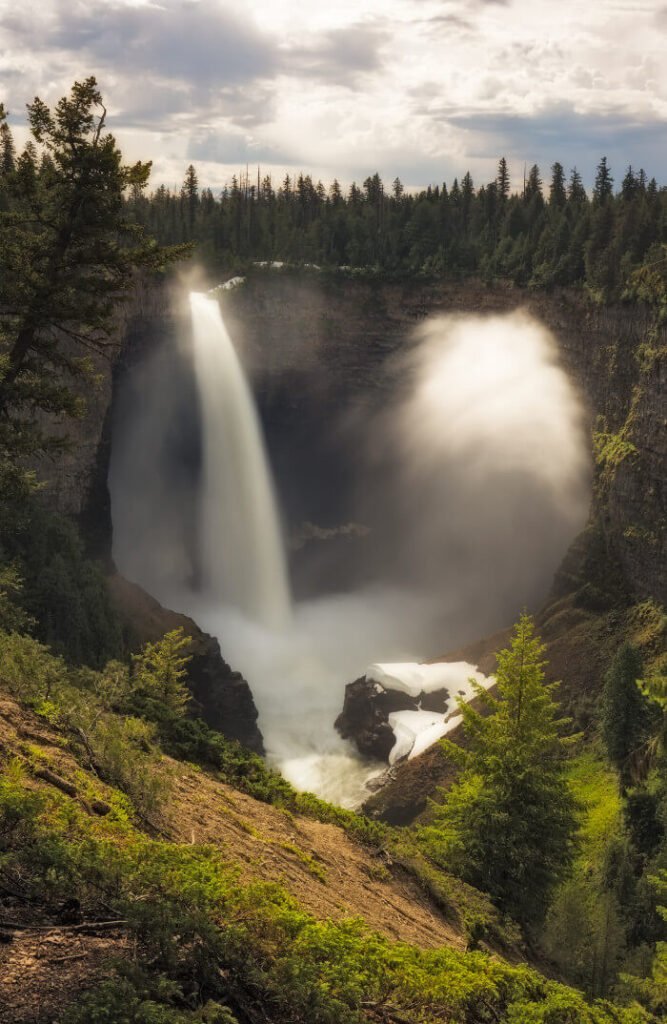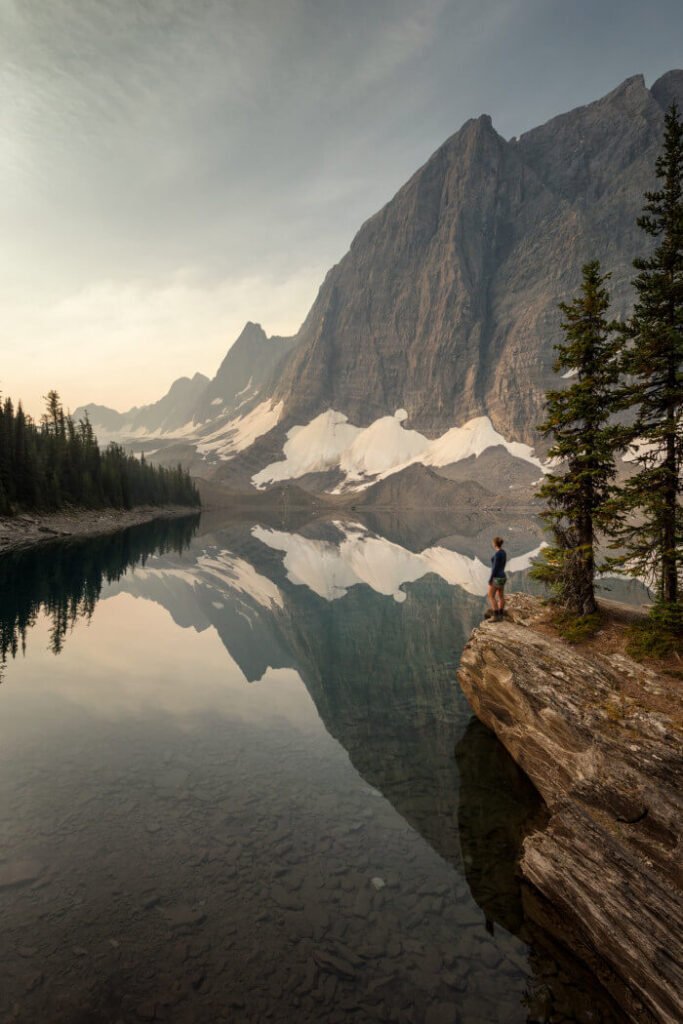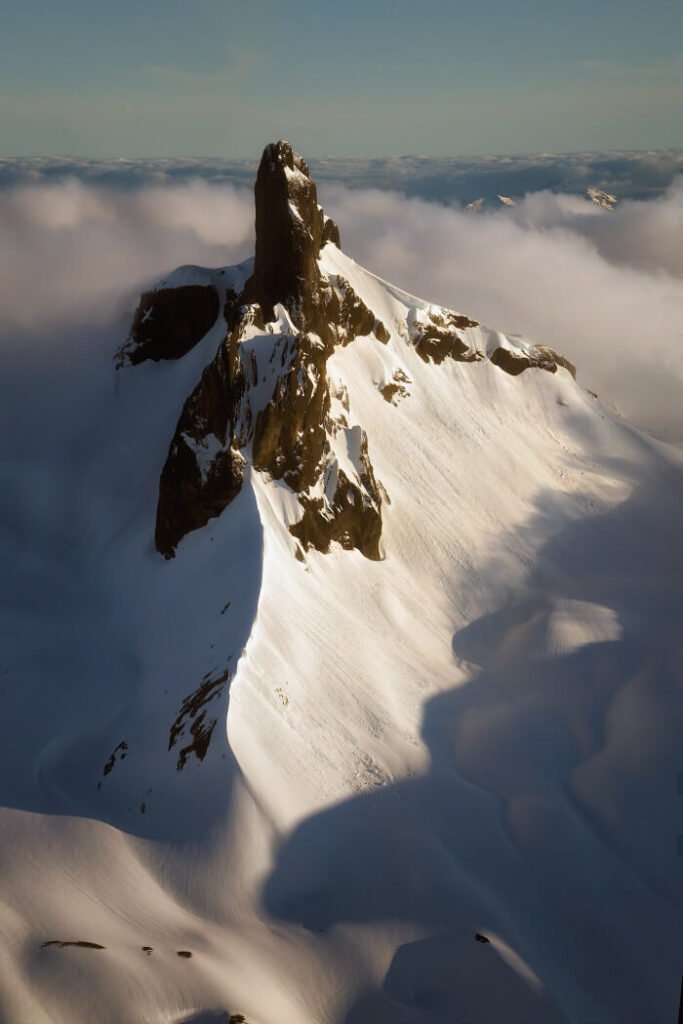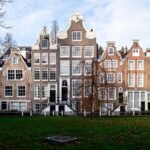Photo Spots in British Columbia (Canada)
Everything from long coastal beaches straddling huge off shore Islands to snow-capped peaks adorned with glistening glaciers clinging on their steep faces. British Columbia is located above Washington state on the famous 49th parallel, lies west of Alberta and east of Alaska. Incredibly it has two more borders as well to the north with Canada’s North West Territories and the infamous Yukon.
British Columbia is a great mix of all its border states. It has the rugged volcanic nature of Northern Washington and the winter extremes of the Yukon and the NWT, the megafauna of the Alaskan South and the dramatic peaks of the Canadian Rockies which run down its eastern border with Alberta.
In this sometimes-abrupt sometimes-chaotic amalgamation of topographical features, there are some incredible photography locations. Let the team here at Gotoandlearn show you.
Vancouver Island

The Island, as it’s referred to as local British Columbians is a short 45-minute ferry ride from Vancouver. What makes it so special is its unique topography and wildlife. The mountains on Vancouver Island aren’t as dramatic as the Pacific Coastal Ranges or the Canadian Rockies out east but old growth moss ridden forests, scenic waterfalls and hidden hot springs more than make up for it.
If you’re lucky you might spot a pack of coastal wolves, a unique species that have developed webbing between toes to help them in water. You can also see bears, pods of killer whales and friendly sea otters.
Lake O’Hara

In the center of Yoho National Park, forming a stretch of the BC/Alberta border, lie many alpine lakes formed by millennia of glaciation and erosion. Arguably one of the most stunning bodies is Lake O’Hara.
Approaching the lake from the north means you’ll be admiring the colossal amphitheatre of Yukness Mountain and Glacier Peak. Feeling energetic? It’s possible to compete the Lake O’Hara alpine circuit which offers even better views than the initial vista.
If you want to stay the night there, make sure you book your accommodation in advance. Its popularity sometimes surpasses its beauty but due to park’s regulations, the amount of human presence is strictly limited.
Wells Gray Provincial Park

The home of huge waterfalls in Western Canada, this long and thin Provincial Park has only one major road running through its heart. Along the way you’ll travel past 3 major waterfalls. The first Spahat Falls, then Moul Falls then finally Helmcken Falls.
Compared to many of the major photography spots over the border in Alberta, Wells Gray is tranquil and therefore a great place to spot black and grizzly bears grazing along the roadside.
Floe Lake

The most southern campsite on the Rockwall Trail, Floe Lake is a gem in Kootenay National Park. Part of the UNESCO World Heritage Area, these contiguous parks are designated as UNESCO because of their “scenic splendor” and “significant fossil areas”. Once you visit Floe Lake you’ll understand why.
From the Floe Lake Trailhead, it’s a two hour up-hill hike through a wild fire regeneration zone. For the next few decades whilst the forest regenerates, big fauna will come in throngs and hordes and compete for the flora that’s flourishing on the direct sunlight.
Mount Assiniboine Provincial Park

The most iconic mountain in British Columbia, the ‘Matterhorn of the Rockies’ is a favourite amongst landscape photographers.
The biggest problem you’ll face with Mount Assiniboine is getting there. There are no roads leading into Mount Assiniboine Provincial Park so you’re left with two options, walking or flying. Both have their pros and cons but cost and time are the main protagonists. To walk in and out, depending on your route, it can be anywhere between 50km and 60km. Due to Mount Assiniboine remoteness, crowds are rare which gives it an extra special touch.
Photography locations include The Niblet, Lake Magog, Sunburst Lake, Cerulean Lake, the Meadows and the Wonder pass. Late September to early October are generally considered the prettiest months to visit, as it’s when the invasive larches turn golden.
Garibaldi Provincial Park

Garibaldi Provincial Park is home to some incredible hikes, Panorama Ridge being the pinnacle and offers unparalleled views of the stratovolcano The Black Tusk.
If you get the chance though, taking a scenic flight over the Pacific Coastal Mountains should be high on your wish list, especially if there’s low cloud.
Berg Lake

The highlight of the 42km Berg Lake trail, along with the tallest mountain in the Canadian Rockies Mount Robson, is watching the Berg Glacier carving into lake.
Thankfully, there aren’t any fancy hotels around the lake, so solitude can be easily found. If you want to hear the glacier carving at night, then I recommend staying at either Marmot Campsite or the Berg Lake Campsite.
Large pieces of ice can often be seen floating around and can make for some really interesting compositions.
If you want a reservation at either campsite, make sure you’re ready when the reservations open, usually at the start of October each year.

 Previous Post
Previous Post Next Post
Next Post